pico Plywood Contact
Contact Information
To learn more about our Plywood Products or discuss your project requirements, please reach out to us through the following channels.
wood's advantages
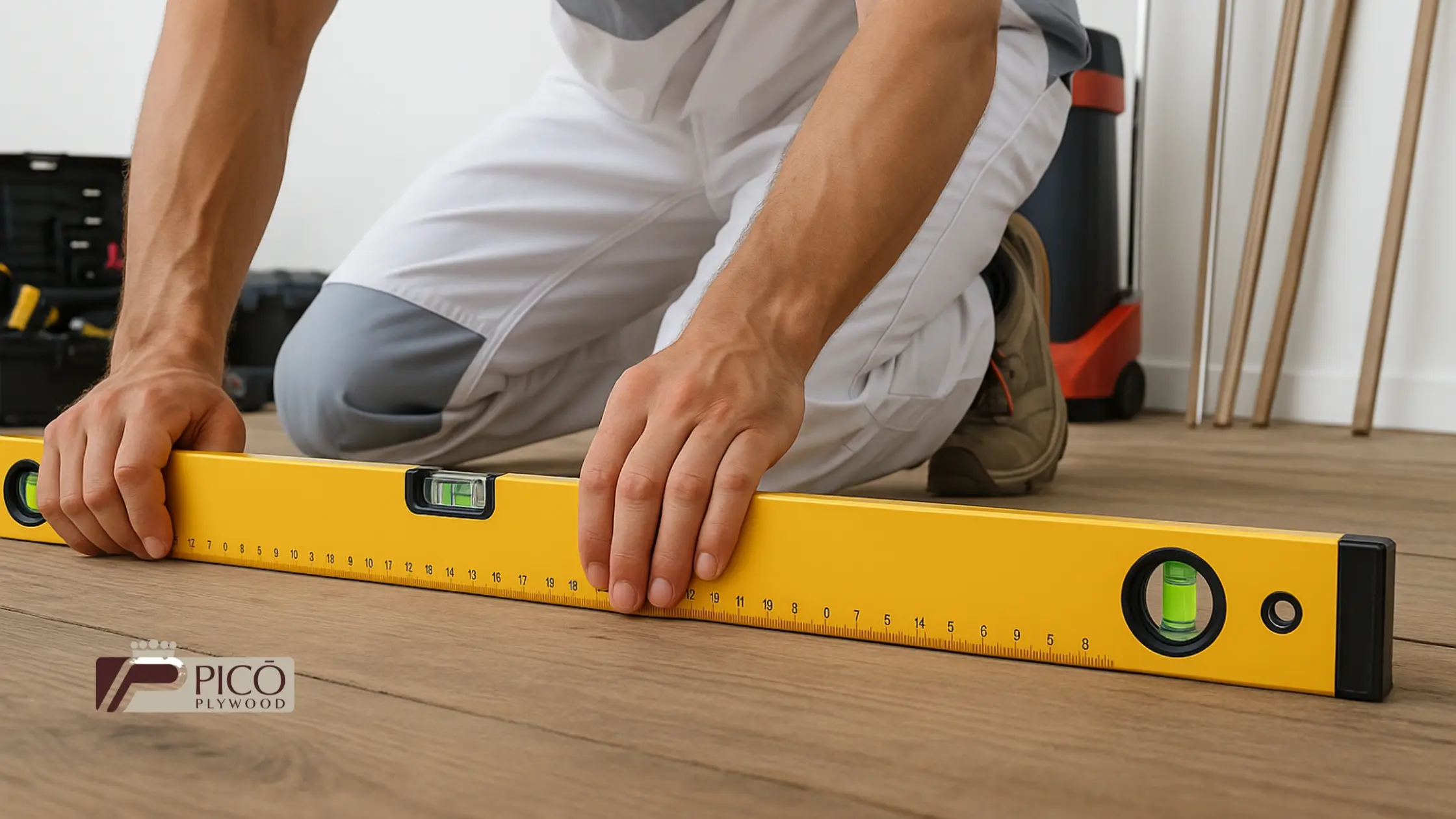
Table of Contents for the Article
When facing an uneven floor, it’s not just an aesthetic issue. Floor irregularities can lead to safety problems, affect the functionality of the space, and even cause long-term damage to coatings and furniture. For this reason, properly leveling the surface is a crucial step in any renovation or interior design project.
Floors with unevenness or irregularities can cause various issues:
Impact on Functionality: Irregularities make it difficult to install furniture, doors, and other elements, compromising the efficient use of the space.
Among the various solutions for leveling a floor, plywood stands out as one of the most practical and effective options:
Versatility: It adapts to various types of coverings and can be used in interior design projects, renovations, and home rehabilitation.
At Picó Plywood, we have decades of experience in manufacturing and distributing high-quality plywood boards.
We offer technical solutions tailored to each project, with a specialized catalog of technical plywood ideal for applications like floor leveling. Our commitment to quality, sustainability, and personalized service makes us the perfect partner for professionals in carpentry, construction, and design.
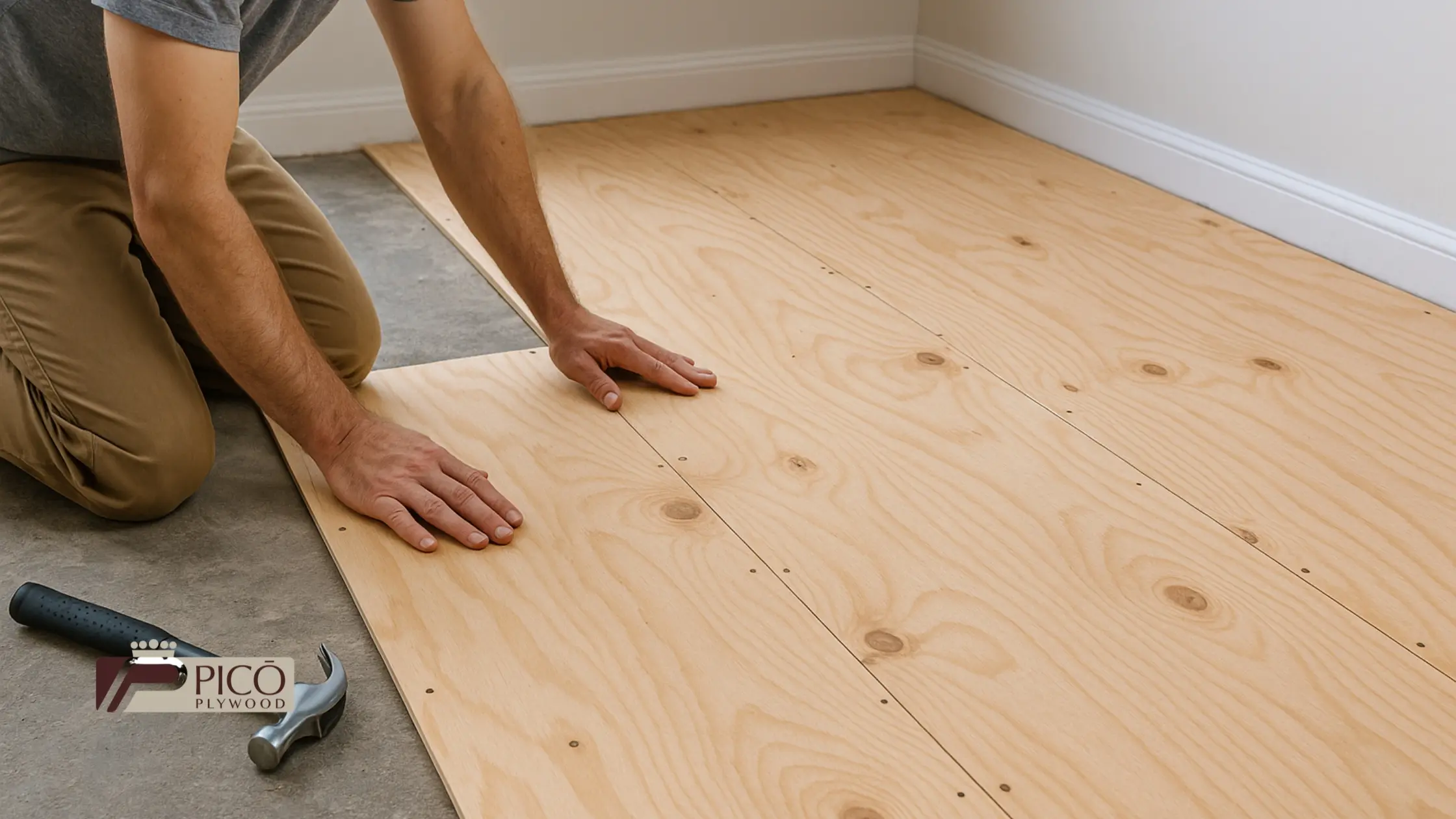
Leveling floors with plywood is a practical and efficient solution in many situations. Unlike heavier or more expensive methods, using plywood boards allows for quick, cost-effective leveling without major technical complications. Below, we outline the most common cases where this technique is particularly recommended.
Old houses often have uneven floors due to the passage of time, structural movements, or deficiencies in the original construction systems. In these cases, leveling the floor with plywood is an ideal solution to:
Prepare the base for the installation of new coverings.
Additionally, it allows for localized adjustments, adapting to the irregular geometry of older spaces.
To ensure the correct installation of floating floors, laminate, or vinyl flooring, it’s essential to have a perfectly level base. Plywood provides:
Compatibility with floating installation systems.
Thanks to its ease of cutting and adaptation, it becomes the preferred solution for preparing floors before laying lightweight coverings.
When the level differences in the floor range between 2 and 5 mm, using plywood is one of the most efficient ways to level:
Makes it easier to correct specific irregularities in particular areas.
It is the ideal option for renovation projects where a clean, quick, and effective solution is required.
Plywood is perfect for both professional carpenters and builders, as well as DIY (Do It Yourself) enthusiasts looking for accessible and manageable solutions. Its advantages for these types of projects include:
Versatility to adapt to multiple applications.
Whether in small home renovations or large rehabilitation projects, leveling a floor with plywood is always an option to consider.
Choosing the right type of plywood is key to ensuring an optimal result when leveling a floor. Not all boards offer the same performance, so it’s important to understand the differences and select the material based on the intended use, environmental conditions, and the type of covering that will be installed afterward.
Okoumé plywood stands out for its lightness and ease of machining, making it a very suitable option for indoor floor leveling projects:
For environments with higher exposure to moisture, such as kitchens, bathrooms, or semi-outdoor areas, phenolic plywood is the most recommended option:
The thickness of plywood to be used will depend on the unevenness to be corrected and the characteristics of the project:
Choosing the right thickness is essential to ensure a leveled, stable, and durable surface.
Before selecting the type of plywood for leveling floors, it’s important to consider:
A correct analysis of these factors will help select the board that best suits the project’s needs, optimizing its performance and longevity.
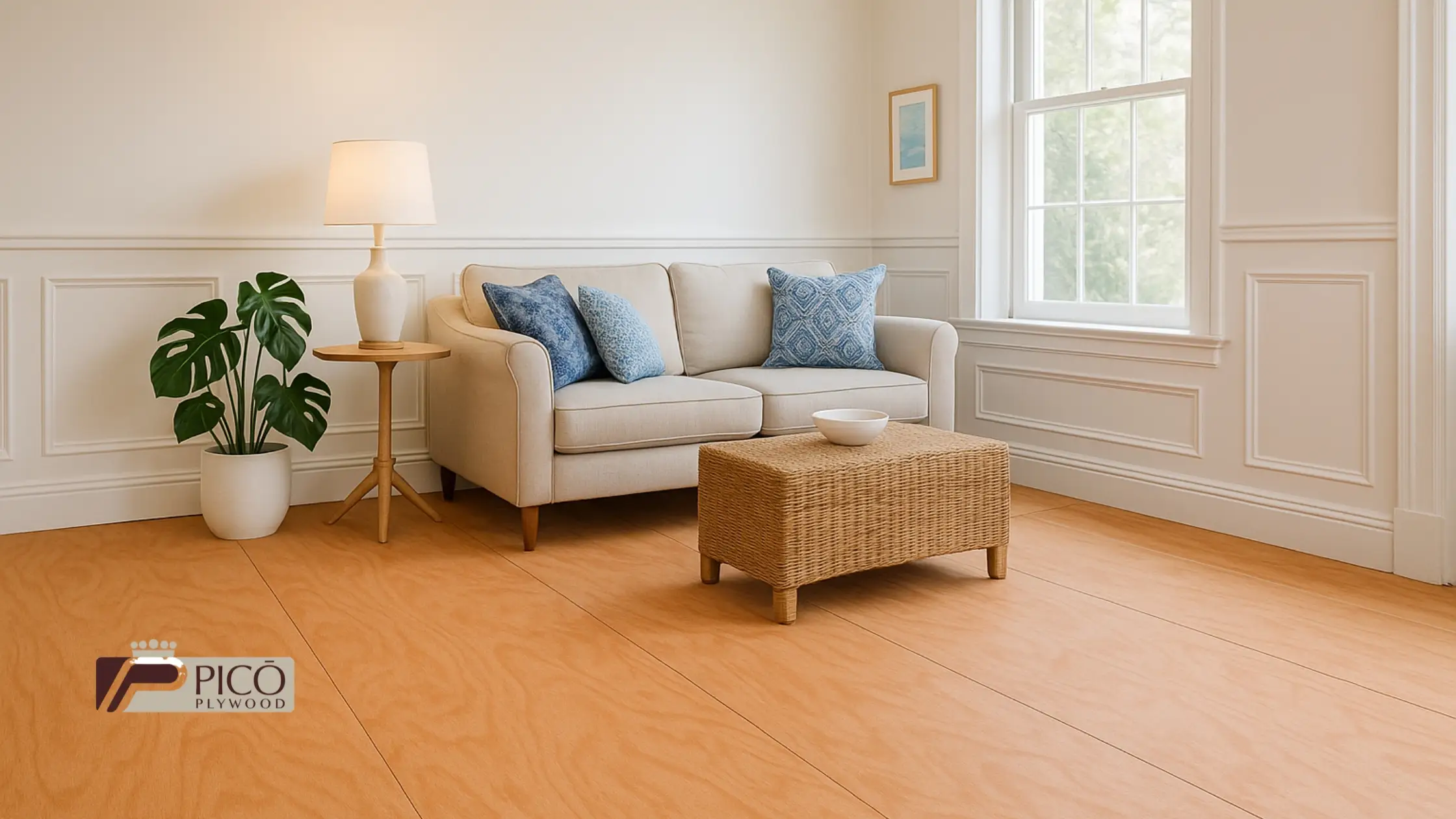
Before starting the floor leveling process with plywood, it is essential to have all the appropriate materials and tools. Choosing quality products will not only make the work easier but will also ensure a durable and professional final result.
Below are the essential items required for leveling floors with plywood:
Having this equipment ensures precise work and optimizes installation times.
The quality of the plywood is a determining factor in the durability and stability of the leveled floor. Some recommendations based on the type of project:
🔗 More Information: Custom Plywood Boards – Picó Plywood
Selecting the quality and characteristics of the board based on the intended use is key to achieving a professional result and avoiding future problems.
Leveling a floor with plywood is an accessible process for both professionals and DIY enthusiasts, as long as the proper steps are followed. Below, we explain how to do it efficiently and safely.
The first step is to ensure the surface is clean and free from obstacles:
Proper preparation is key to ensuring good adhesion and stability of the boards.
To correct height differences:
This base structure is fundamental for achieving firm and level support.
Once the base is set:
Proper fixation prevents unwanted movement and noise later on.
After fixing the boards:
This quality control is crucial before proceeding with the final covering.
Finishing and Preparation for the Final Covering
Finally:
A well-done finish will prolong the floor’s lifespan and improve the aesthetic result.
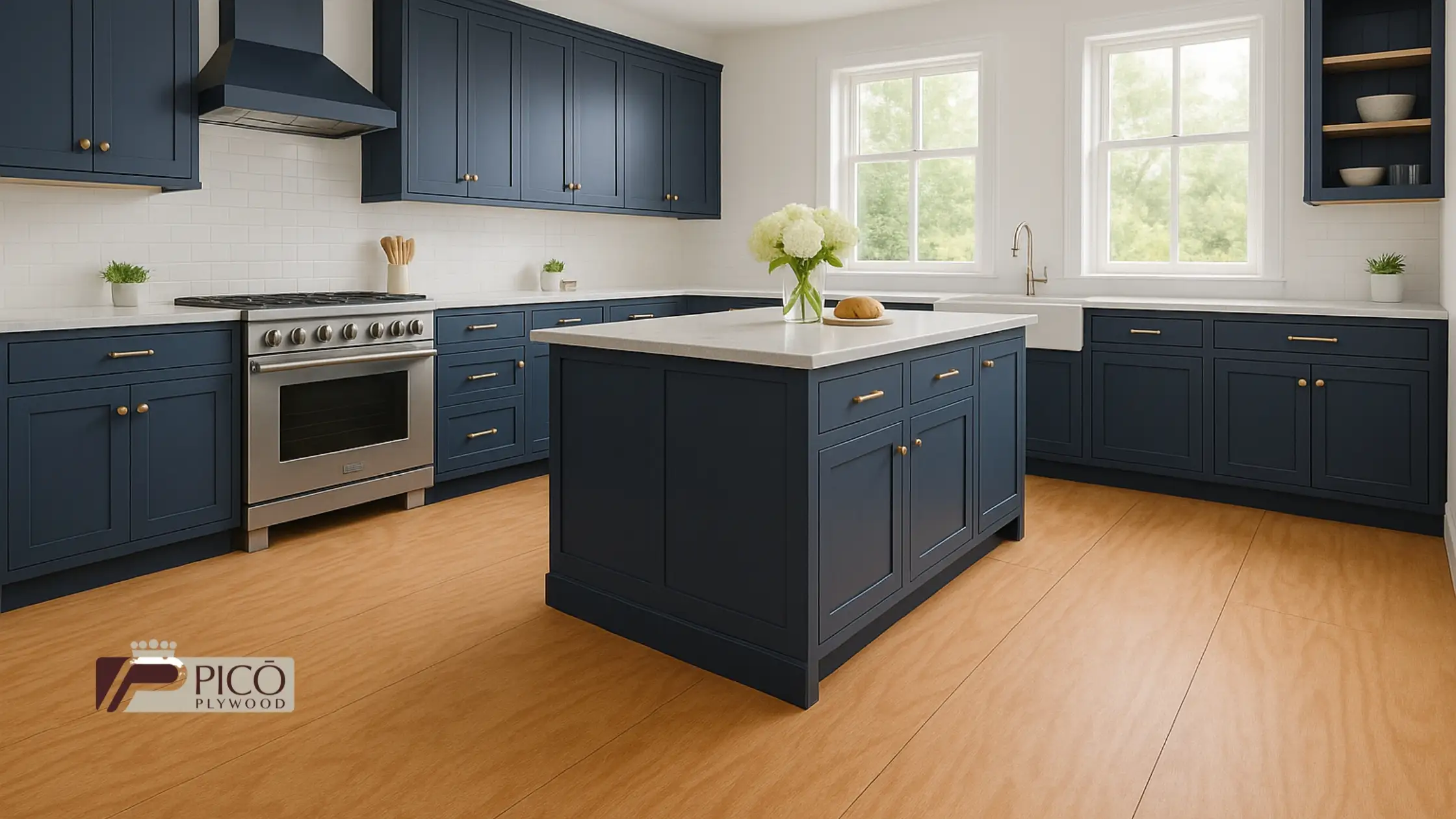
Leveling a floor with plywood might seem like a simple process, but to achieve a professional and durable finish, it is essential to consider some key details. These tips will help you avoid mistakes and maximize the quality of your project.
Among the most common mistakes when leveling floors with plywood, the following stand out:
Paying attention to these details will ensure a leveled, stable floor without surprises in the medium term.
The type of board used directly impacts the durability and performance of the floor:
Investing in good material is key to avoiding deformation, noise, or premature wear.
🔗 More Information: FSC Certifications and Sustainability – Picó Plywood.
Although this process is feasible for DIY projects, in certain cases, it is advisable to hire a specialized installer:
A professional will bring the experience and tools necessary to guarantee an impeccable and long-lasting result.
Leveling a floor with plywood is an excellent choice for both domestic and professional projects. With advantages like lightness, ease of handling, and strength, plywood offers an effective and durable solution to achieve a leveled floor, perfectly prepared for the final covering.
At Picó Plywood, we offer more than just high-quality boards for leveling. As a specialized supplier, we provide personalized technical advice to help you choose the ideal plywood based on your needs and specifications. Additionally, we maintain a permanent stock of certified products and offer customization options so you can get boards cut to size according to the characteristics of your project.
With our extensive experience in the industry, we guarantee the quality and reliability of our products, supported by sustainability certifications such as FSC®.
If you’re ready to level your floor efficiently and with the best quality materials, Picó Plywood is your best option. Don’t hesitate to contact us for a personalized quote or to speak with our plywood experts.
🔗 More Information and Contact: Contact and Product Catalog – Picó Plywood.
Yes, it is possible to level a floor with plywood in moisture-prone areas, but it is crucial to choose the right type. Phenolic plywood is highly resistant to moisture and provides an ideal solution for floors in damp areas, such as bathrooms or basements. If moisture is a significant factor in your project, make sure to select plywood with specific properties to resist it.
The ideal thickness depends on the degree of floor irregularity. For small imperfections (2 to 5 mm), plywood thickness of 6 to 9 mm is usually sufficient. However, if the unevenness is more pronounced, it is recommended to use thicker plywood, such as 12 to 18 mm, to ensure greater stability and strength.
Yes, you can install vinyl or parquet directly over plywood, provided that the surface is leveled, clean, and well-prepared. It is essential to ensure that the plywood is properly fixed and free of irregularities to guarantee the durability and stability of the final covering.
The cost of leveling a floor with plywood varies depending on the type of plywood chosen, the size of the area to be leveled, and the complexity of the work. Generally, the cost can range from X to Y per square meter. It is advisable to request a personalized quote from a specialized supplier like Picó Plywood for an accurate estimate.
pico Plywood Contact
Contact Information
To learn more about our Plywood Products or discuss your project requirements, please reach out to us through the following channels.
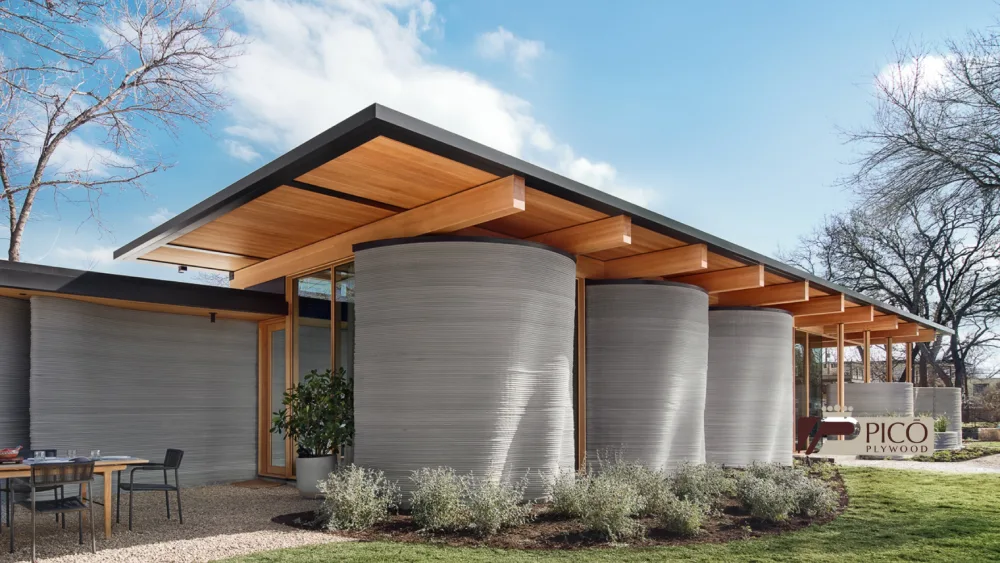
Plywood supplier, Plywood boards, Veneered plywood panels, Special Plywood
Contact information

Esta web utiliza cookies para que podamos ofrecerte la mejor experiencia de usuario posible. La información de las cookies se almacena en tu navegador y realiza funciones tales como reconocerte cuando vuelves a nuestra web o ayudar a nuestro equipo a comprender qué secciones de la web encuentras más interesantes y útiles.
Strictly necessary cookies must always be enabled so that we can save your cookie setting preferences.
If you deactivate this cookie we will not be able to save your preferences. This means that each time you visit this website you will have to activate or deactivate cookies again.
Esta web utiliza Google Analytics para recopilar información anónima tal como el número de visitantes del sitio, o las páginas más populares.
Dejar esta cookie activa nos permite mejorar nuestra web.
Please enable strictly necessary cookies first so we can save your preferences!